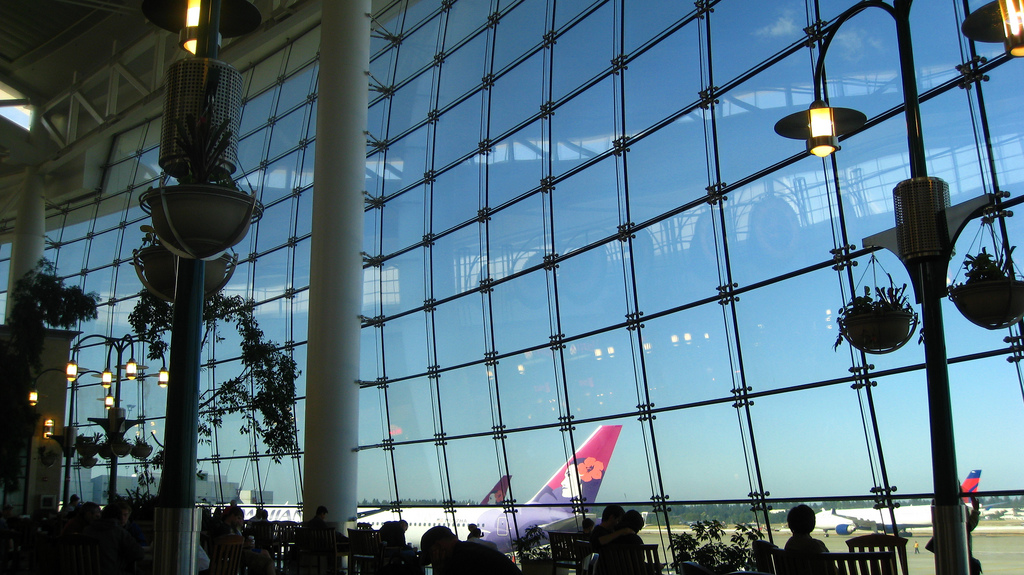Modelling Complex Facades - Unusual Window Shapes
I have a building with a curtain wall, the window sections on the wall are curved inwards to create an arc. This results in a greater area of glazing than standard flat windows and possibly a different thermal heat transfer due to the window shape. I would like to investigate the effect of this curved facade on the heat gain in the space and compare it to a more standard facade. The curve is gentle but possibly significant. Does anyone have any suggestions of the best software to analyse this in? We are doing a crude attempt in EnergyPlus but I am not sure the angles of the windows will be dramatically different enough for it to make any difference.






